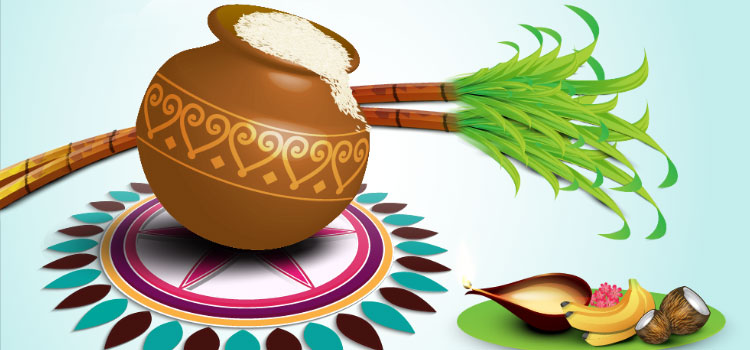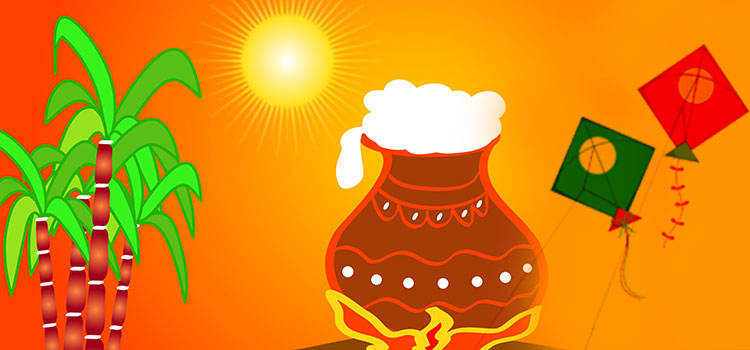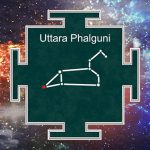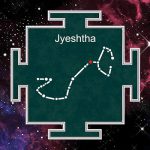Makar Sankranti is one of the important festivals celebrated throughout India in different names in different cultural flavors. This in auspicious day in the Hindu calendar and people take dip in holy water of Ganges and pray to the Sun God. It is celebrated as Pongal in Tamil Nadu, Sankaranti in Andhra, Telengana and Karnataka, Lohri and Maghi in Punjab and Haryana. People in Gujarat go a step ahead in flying colorful flights on this day as though they are trying to please the sun God colorfully. Makar Sankranti marks the beginning of the spring.
The Sun God – Change of Course
The cosmic significance of the day is that the Sun God changes his course from Southern Hemisphere to Northern Hemisphere. This upward movement in Sanskrit is called as Uthrayanam. The Sun God is the one who does his duty tirelessly on a regular basis and giving warmth to human beings. This day is celebrated as a mark of respect for the divine duty he performs on a regular basis. The Sun is respected for his wisdom, Gayatri mantra is chanted daily three times to please the Sun god and receive his blessings for wisdom and knowledge.
Lord Hanuman, as a child used to be very mischievous and did not have the knowledge and wisdom. Child Hanuman was so ignorant that he assumed Red hot Sun as a ripe mango and set course to swallow it and almost succeeded. Later, Hanuman struggled a lot to convince Sun God to accept him a disciple. Sun God became the guru of Lord Hanuman and transferred the knowledge and made him wise. So, the Sun God is for Wisdom (Gyan).
Sun God and Saturn
In the natural zodiac, this is the day when the Sun enters the sign Capricorn, the sign ruled by his son, Saturn. Though they don’t get along with each other well, the sun stays in Sani’s house that is Makar for one month signifies the father and son relationship. It also symbolizes the responsibility of the son to take forward his father’s dreams.
The Sun moves in to Utrayana (Northern Hemisphere) goes on to Dhakshinayana (Southern Hemisphere). Uthrayana is supposed to be the day of devas and Dhakshinayana is supposed to be the night. This is the day when Lord Vishnu ended the demons lives and buried them under the Mandhar Parvat (mountain). So this day marks the end of negative forces and the beginning of divinely positive forces.

Offerings to Ancestors
This is the day when people do Tarpanam (offerings) for the ancestors. It is believed that performing Tarpanam helps the soul to move to higher plane and attain the feet of God and thereby blessing them. Millions of people give offerings for their ancestors on the river bank and take a holy dip in Ganges or holy rivers across India. This practice started from a great episode that took place in the past.
King Bhagirath, did rigorous prayer to bring river Ganga down to the earth. This prayer was done to redeem thousands of King Sagar’s sons who were burnt to ashes by Kapil Muni, near the present day Ganga Sagar. Bhagirath finally gave offerings for the sons of King Sagar to liberate them from the curse. After visiting the Patala for the redemption of the curse of Bhagirath’s ancestors Ganga finally merged in the Sagar. Ganga Sagar ceremony is organized every year on this day at the meeting point of River Ganges and the Bay of Bengal. Lakhs of people take a dip in the water and give offering for their ancestors.
Celebrations Across India
The day is marked for celebration throughout India with zest and zeal in different cultural colors.
This festival is celebrated differently in different parts of the country.
- Makar Sankranti is most of the north, north eastern states and Southern states of Andhra and Telengana
- Pongal (Harvest festival) in Tamil Nadu and Puducherry
- Utrayan in Gujarat and is marked by international kite flying festival
- Maghi in Himachal Pradesh, Punjab and Haryana, celebrated with famous colorful bangra dance
- Bhoali Bighu in north eastern state of Assam
- Sishur Saeenkraat in Kashmir valley
- Kichadi in Uttar Pradesh and Western Bihar
- Makara Sankramana in the state of Karnataka
Pooja and Rituals For The Day
The hero of the day is the Sun God and his upward movement towards Northern hemisphere. People get up early in the morning cleanse themselves, start performing Pooja to the Sun god and seek his blessings.
The day is marked by remembering the ancestors by performing rituals on the river bank called as Tarpanam (ancestral offering). The tradition is followed presumably to get the blessings of ancestors.
The feast for the day mainly consists of a sweet porridge cooked out of freshly harvested raw rice, mostly cooked in groups. This festival helps for a communal harmony. A variety of traditional sports like bull fight, Bullock cart race, Kabbadi, Kite flying are organized by various groups and the winners are awarded with various gifts for their courage and valor exhibited.
Makar Sankranti marks the beginning of spring season, the fragrance of fresh blossomed leaves and flowers symbolizes a new beginning of prosperity and happiness.



Your point of view caught my eye and was very interesting. Thanks. I have a question for you. https://www.binance.com/en-IN/register?ref=UM6SMJM3
Can you be more specific about the content of your article? After reading it, I still have some doubts. Hope you can help me.
I don’t think the title of your article matches the content lol. Just kidding, mainly because I had some doubts after reading the article.
Thank you for your sharing. I am worried that I lack creative ideas. It is your article that makes me full of hope. Thank you. But, I have a question, can you help me?